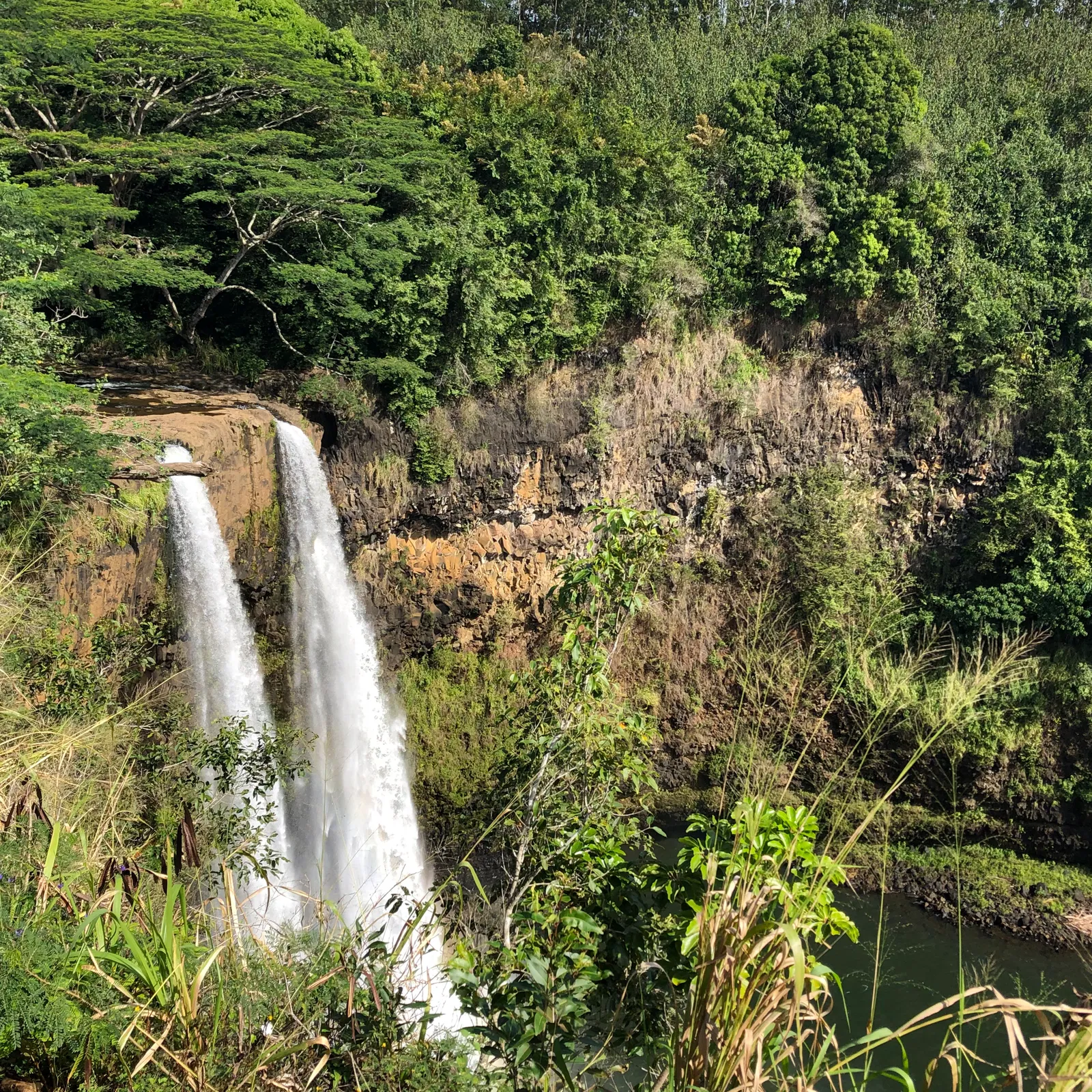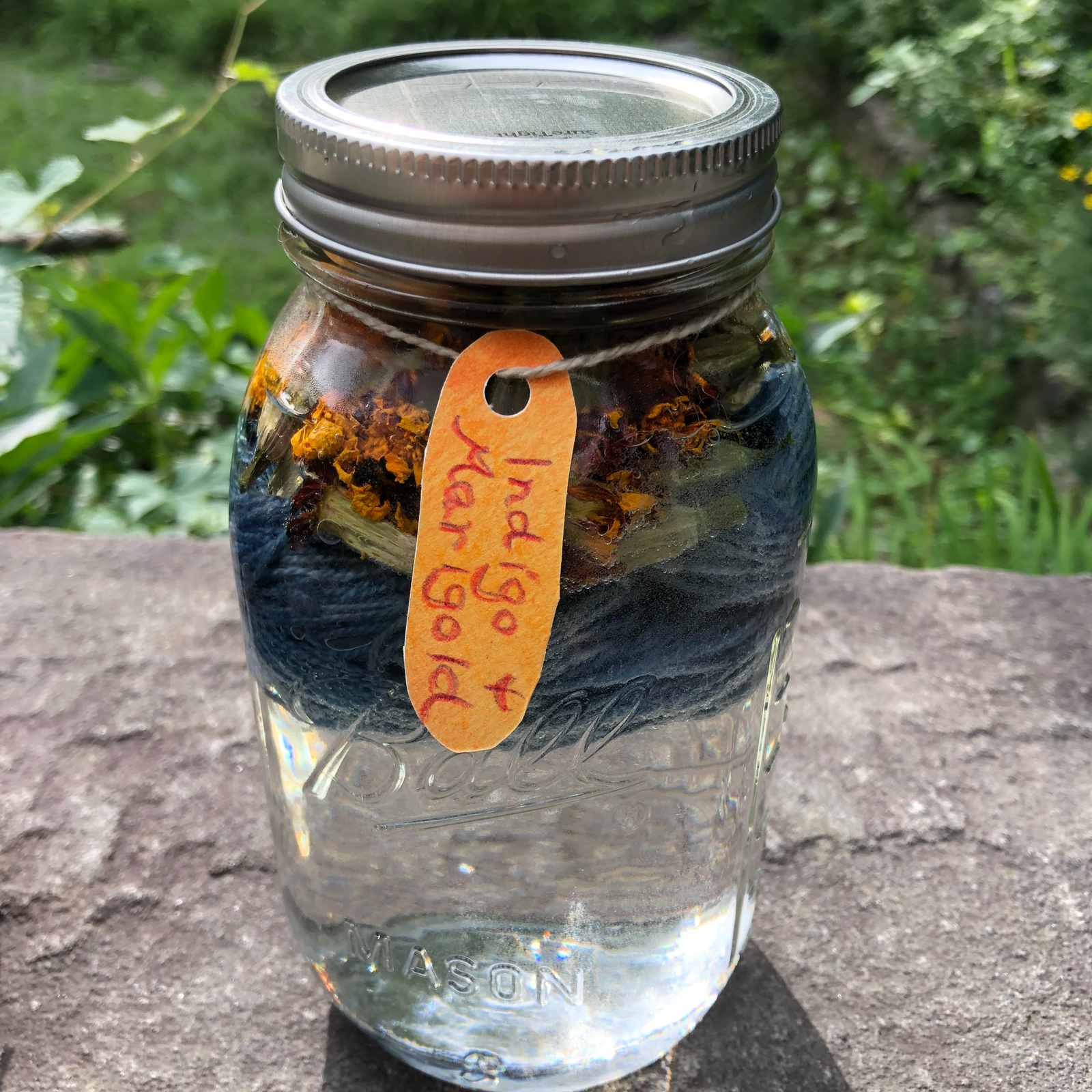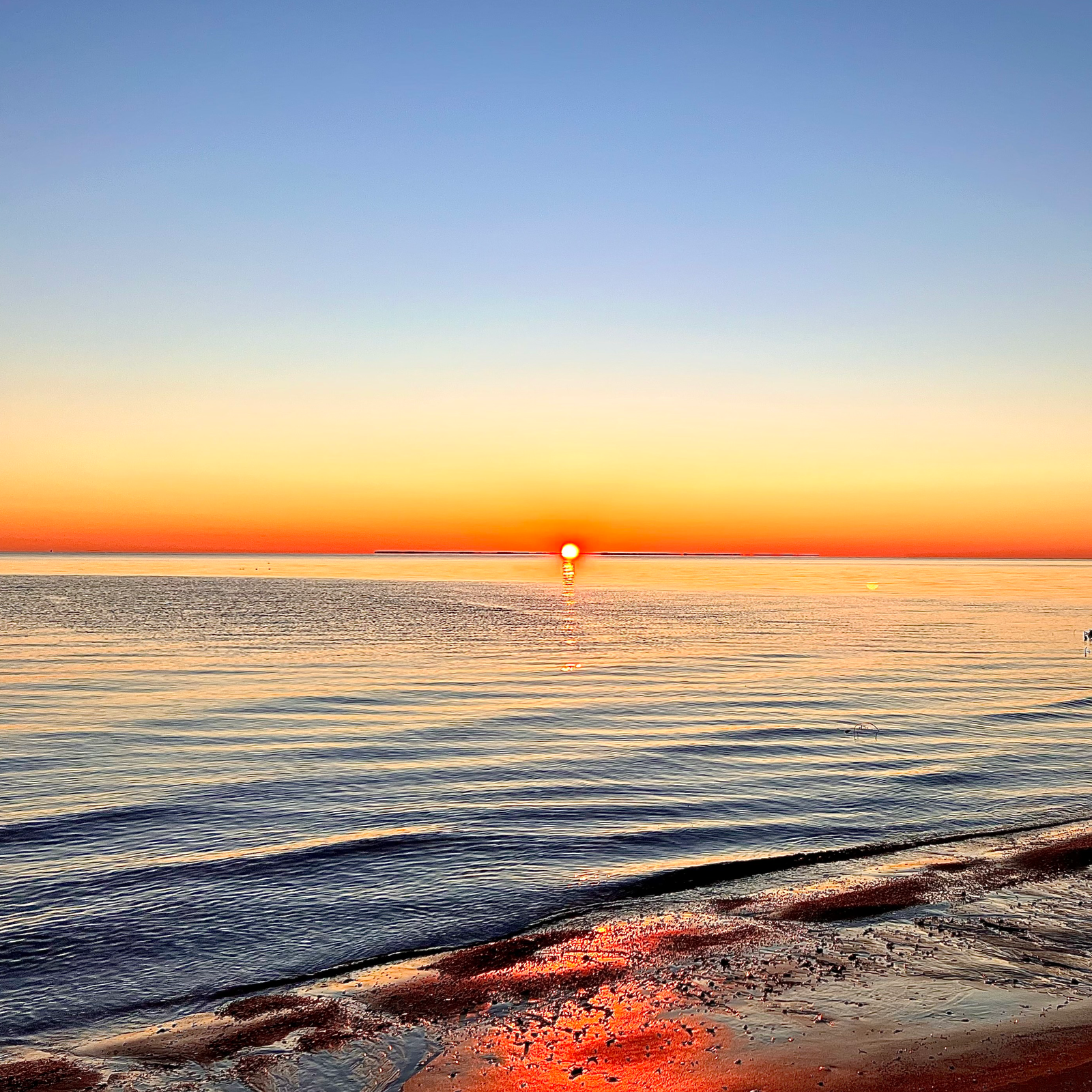-
"We are to bring the children to the present day. The last day of eighth grade history should end with that day's morning newspaper [emphasis added]. A tall order!"
Dorit Winter, from p.90 of her contributing essay, "The Chariot of Michael," in And Who Shall Teach the Teachers, available to download for FREE at the Online Waldorf Library
As Carrie writes in the Parenting Passageway blog, this is sometimes arranged to take two years, with the child coming to Current Events by the end of the ninth grade year. Otherwise, it is a LOT of content!
If you're looking for more resources for the Waldorf scope & sequence, Christoph Lindberg's Teaching History: Suggested Themes for the Curriculum in Waldorf Schools is available to download for FREE as a PDF from the Online Waldorf Library.

In the school we are looking at, the seventh grade class is currently on Andrew Jackson and they'll spend the rest of this year and next year on American History. They end seventh grade by arriving at the Civil War.
So Becca is left with a huge task: to get from the Renaissance & Reformation to the Civil War. FAST.
Happily, Becca loves to read!!!
We are starting with the big picture, with her reading cover to cover A Child's History of the World by V.M. Hillyer. This vintage classic was my absolute favorite book as a child (and one which I talk about here constantly).
She's also already read King George: What Was His Problem?, which helps.

We also have a vintage textbook which I picked up at a sale and have never ever used. Apparently I bought it just for this purpose! It is called Short American History by Grades: The Story of the Nation, Part Two by Everett Barnes and it looks like it's been reprinted now that it is out of copyright. The copyright in my book is from 1908.
I will start her after the end of the Revolutionary War and have her read chapters 3, 4, and 5.
From there, we are going to supplement the textbooks with a booklist of historical fiction arranged in chronological order. Here are my thoughts. Please feel free to chime in if you have recommendations!!!

The Puritan Twins
by Lucy Fitch Perkins - Massachusetts 1638
The Witch of Blackbird Pond
by Elizabeth George Speare - Connecticut 1687
The Fifth of March: A Story of the Boston Massacre
by Ann Rinaldi - Massachusetts 1768
The Sign of the Beaver
by Elizabeth George Speare - Maine 1768
Hang a Thousand Trees with Ribbons: The Story of Phillis Wheatley
by Ann Rinaldi - Massachusetts 1772
The Chester Town Tea Party
by Brenda Seabrooke - Maryland 1774
My Brother Sam is Dead
by James Lincoln Collier - Revolutionary War
Fever 1793
by Laurie Halse Anderson - Pennsylvania 1793
Carry On, Mr. Bowditch
by Jean Lee Latham - Napoleonic Wars
This post contains affiliate links to the materials I actually use for homeschooling. I hope you find them helpful. Thank you for your support!





















 Immersive Experience
Immersive Experience Immersive Experience
Immersive Experience






